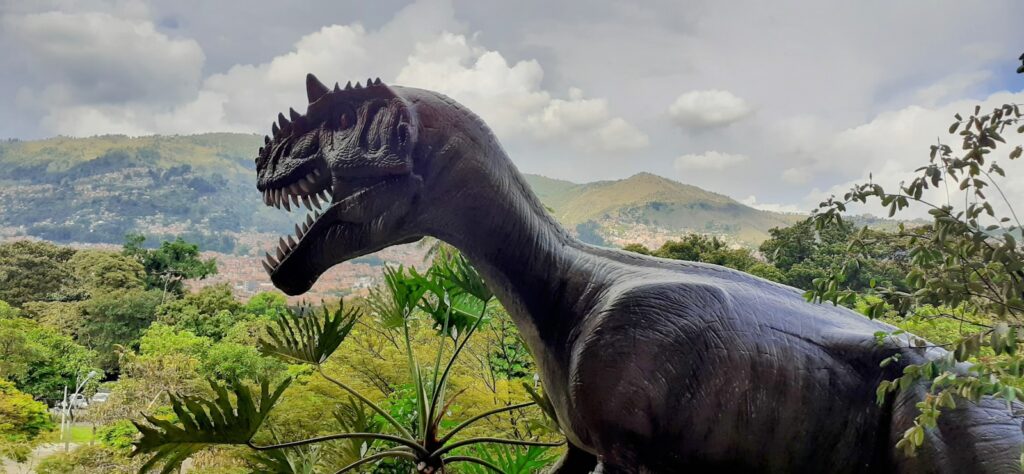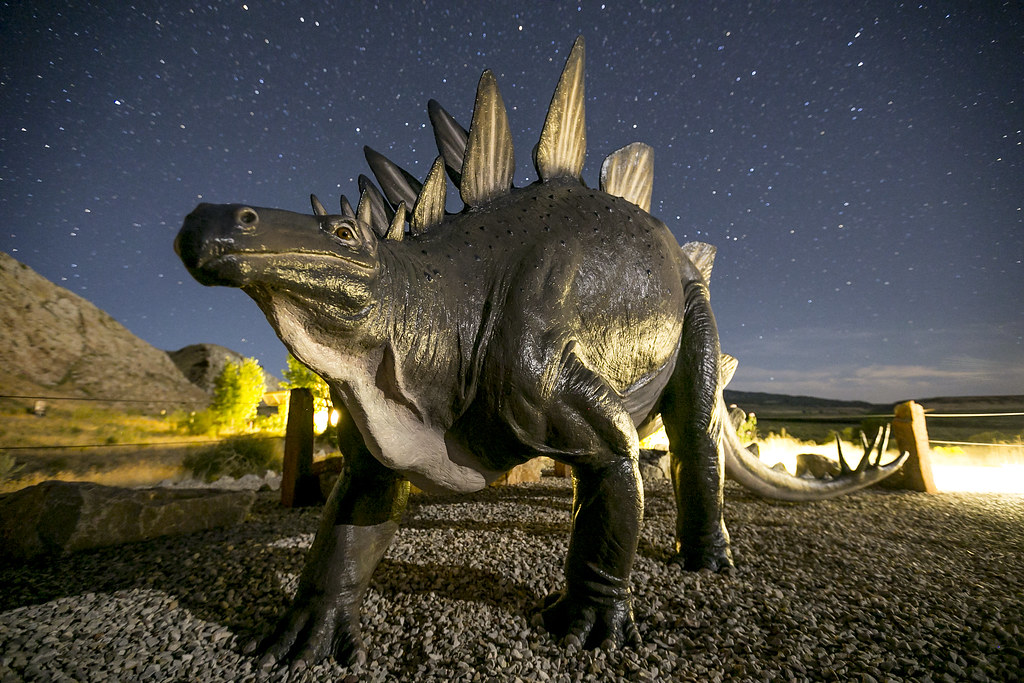For 165 million years, Earth belonged to the dinosaurs. These magnificent creatures ruled three distinct geological periods, each spawning its own unique collection of titans. From the nimble hunters of the Triassic to the colossal plant-eaters of the Cretaceous, every era brought forth giants that were perfectly adapted to their changing world. The story of dinosaur dynasties isn’t just about size and power—it’s about evolution’s incredible ability to craft new forms of life as our planet transformed beneath their feet.
The Triassic Foundation: Where Giants First Stirred
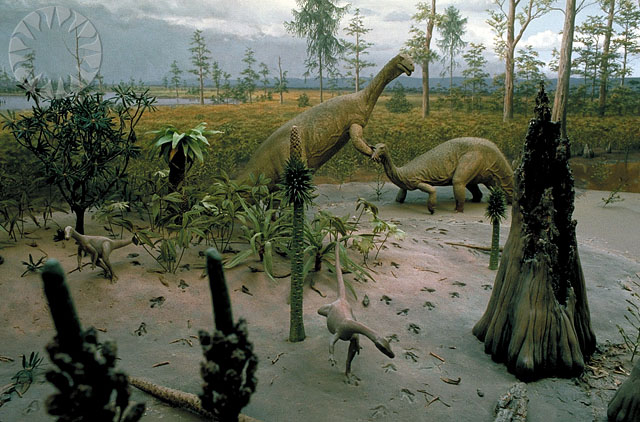
The Triassic period, spanning from 252 to 201 million years ago, marked the dawn of the dinosaur age. This era followed the devastating Permian-Triassic extinction event, which wiped out nearly 90% of all life on Earth. Into this recovering world stepped the earliest dinosaurs, though they were far from the massive creatures we often imagine.
Early Triassic dinosaurs like Eoraptor and Herrerasaurus were relatively small, bipedal creatures that shared the landscape with other archosaurs. These pioneers established the fundamental body plans that would later explode into incredible diversity. The climate was hot and dry, with vast deserts dominating the supercontinent Pangaea.
Despite their modest beginnings, some Triassic dinosaurs began showing hints of the gigantism to come. Plateosaurus, reaching lengths of up to 30 feet, represented one of the first truly large dinosaurs. These early giants were primarily herbivorous, setting the stage for the plant-eating titans that would follow.
Jurassic Titans: The Age of Colossal Sauropods
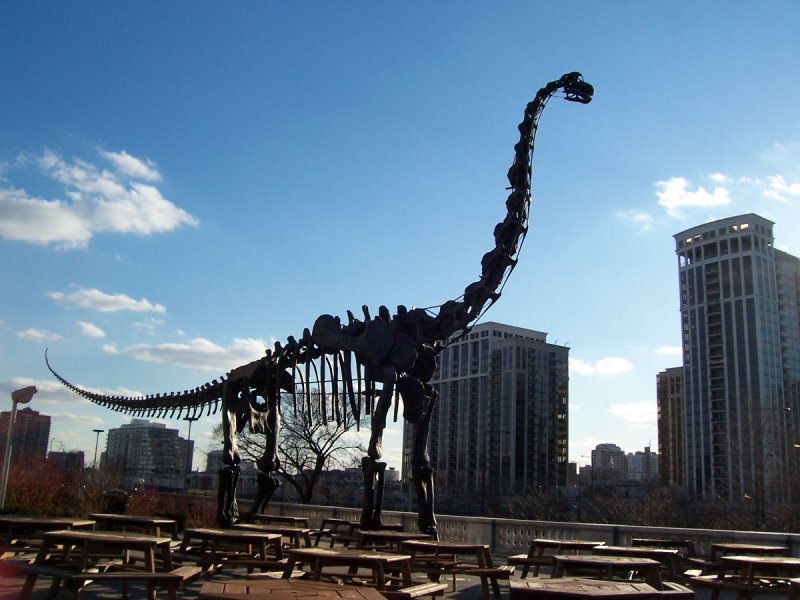
The Jurassic period, from 201 to 145 million years ago, witnessed the rise of some of the largest land animals ever to walk the Earth. This era is synonymous with the long-necked sauropods that captured our imaginations in countless films and books. The breakup of Pangaea created new coastlines and inland seas, leading to a warmer, more humid climate that supported lush vegetation.
Brachiosaurus, Diplodocus, and Apatosaurus dominated the Jurassic landscape like living skyscrapers. These giants could reach lengths of over 80 feet and weights exceeding 50 tons. Their incredibly long necks allowed them to browse vegetation at heights no other herbivores could reach, creating an entirely new ecological niche.
The sheer scale of these creatures still amazes scientists today. Imagine a creature whose heart had to pump blood over 20 feet upward just to reach its brain. The engineering challenges these animals overcame through evolution were nothing short of remarkable, with hollow bones, efficient respiratory systems, and specialized blood vessels all contributing to their success.
Cretaceous Supremacy: The Final Dynasty’s Grandest Spectacle
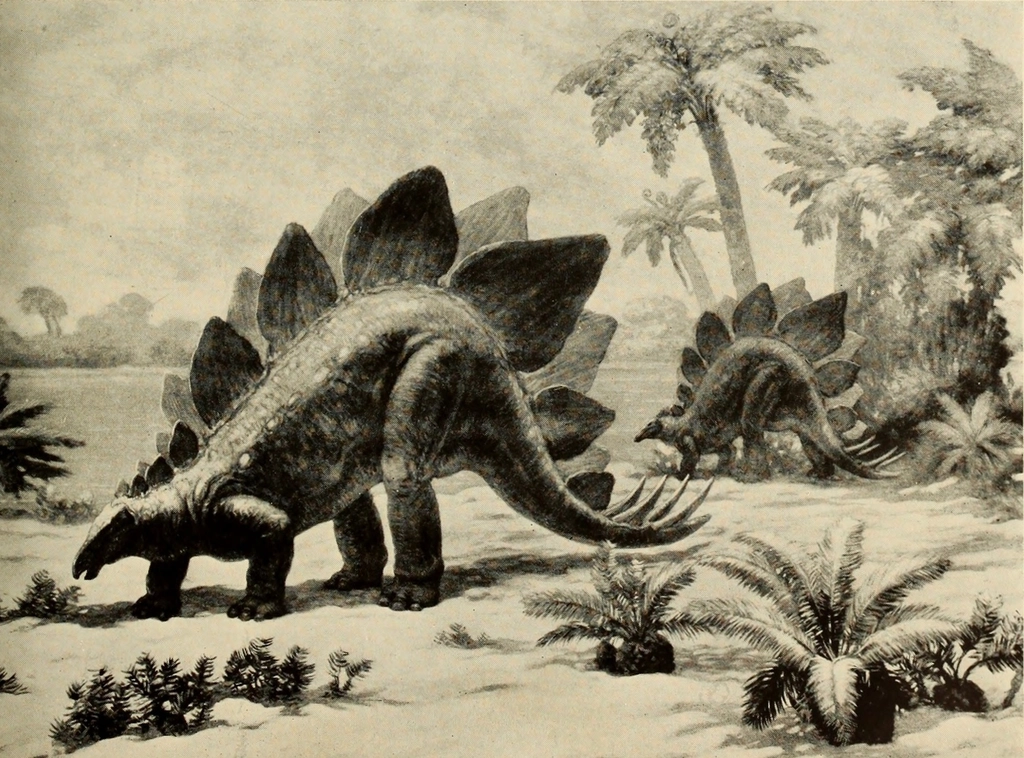
The Cretaceous period, lasting from 145 to 66 million years ago, represents the golden age of dinosaur diversity and size. This era produced some of the most famous and largest dinosaurs ever discovered, including Tyrannosaurus rex, Triceratops, and Argentinosaurus. The continents had moved closer to their modern positions, creating diverse climates and ecosystems across the globe.
Flowering plants revolutionized terrestrial ecosystems during this time, providing new food sources and habitats. This botanical explosion supported an unprecedented variety of herbivorous dinosaurs, which in turn fed increasingly specialized predators. The Cretaceous saw the evolution of the most advanced dinosaur communities, with complex food webs and sophisticated behaviors.
The period’s end came dramatically with the asteroid impact that triggered the mass extinction event 66 million years ago. This catastrophe ended the reign of non-avian dinosaurs, but not before they had reached their evolutionary peak in both size and diversity.
Triassic Pioneers: The Modest Beginnings of Future Giants

The earliest dinosaurs were surprisingly small and unremarkable compared to their later descendants. Eoraptor, discovered in Argentina, measured only about three feet long and weighed roughly 22 pounds. These early dinosaurs were opportunistic feeders, capable of both hunting small prey and scavenging plant matter when necessary.
What made these early dinosaurs special wasn’t their size, but their advanced hip structure and upright stance. Unlike their sprawling reptilian contemporaries, dinosaurs held their legs directly beneath their bodies, allowing for more efficient movement and potentially higher metabolic rates. This seemingly simple adaptation would prove crucial to their eventual dominance.
The Triassic world was harsh and competitive, with dinosaurs representing just one of many archosaur groups vying for survival. Crocodile-like phytosaurs and heavily armored aetosaurs were often more successful than early dinosaurs, suggesting that the eventual dinosaur takeover was far from inevitable.
Jurassic Innovations: Revolutionary Adaptations for Massive Size
The transition from Triassic to Jurassic marked a pivotal moment in dinosaur evolution. The extinction event at the end of the Triassic eliminated many competing groups, opening new ecological niches for dinosaurs to exploit. This opportunity led to rapid evolutionary innovation and the development of specialized feeding strategies.
Sauropods developed several key adaptations that allowed them to grow to unprecedented sizes. Their long necks eliminated the need to move their massive bodies to reach food, while their relatively small heads kept weight to a minimum. Many species also developed pneumatic bones—hollow structures similar to those found in modern birds—that reduced body weight without sacrificing strength.
The Jurassic climate was ideal for supporting these giants. High atmospheric carbon dioxide levels promoted lush plant growth, while the warm temperatures reduced the metabolic costs of maintaining large body sizes. Vast conifer forests provided abundant food sources, supporting ecosystem that could sustain multiple giant species simultaneously.
Cretaceous Carnivores: Predators Built to Hunt Giants
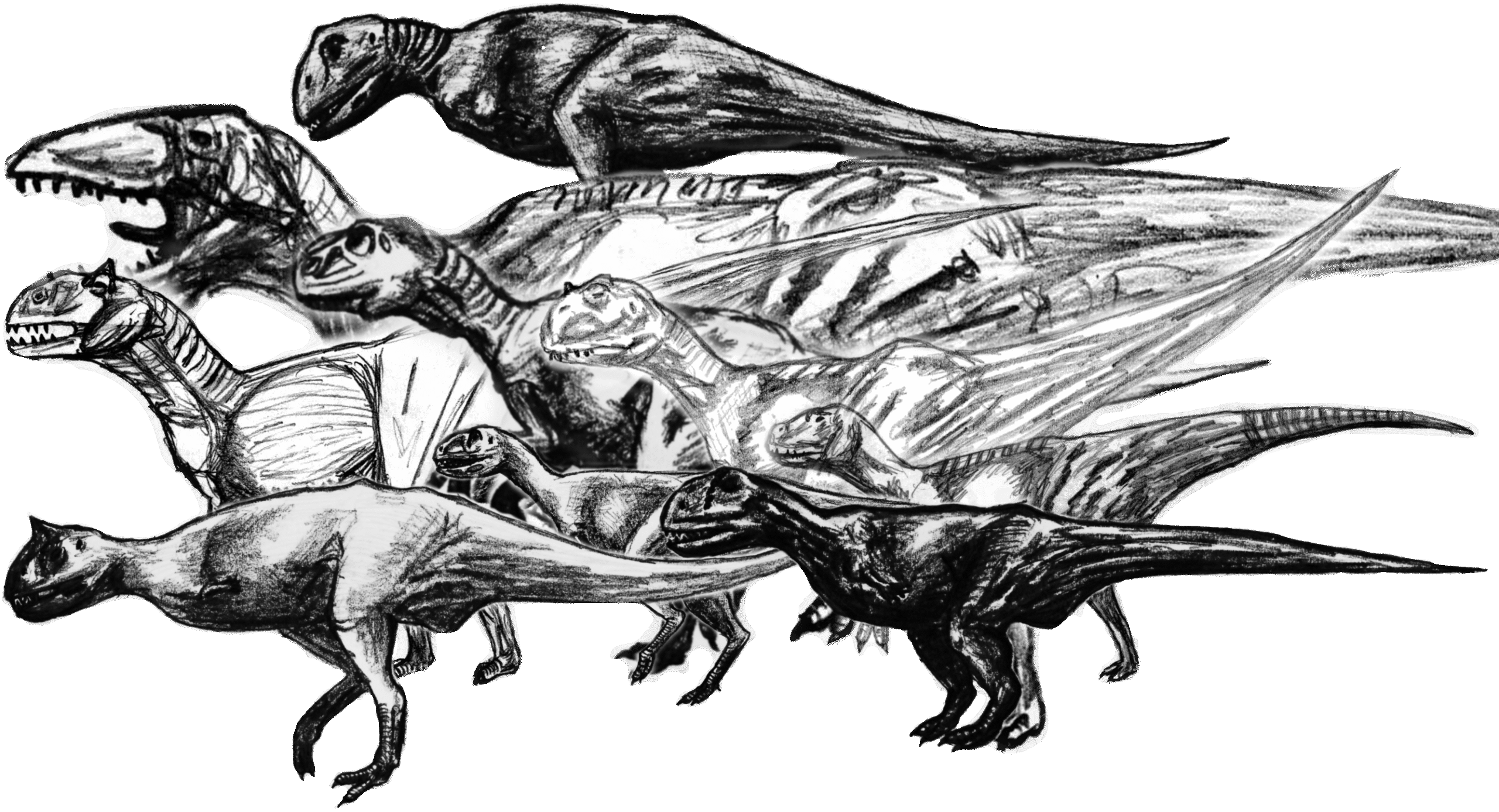
The Cretaceous period witnessed the evolution of the most formidable predators in Earth’s history. Tyrannosaurs, carcharodontosaurs, and spinosaurs represented different approaches to large-scale predation, each perfectly adapted to their specific environments and prey. These apex predators grew to sizes that rivaled modern elephants, with some species reaching lengths of over 40 feet.
Tyrannosaurus rex, perhaps the most famous of all dinosaurs, combined massive size with devastating bite force. Recent studies suggest their bite could exert pressures of up to 12,800 pounds per square inch—enough to crush a car. Their powerful legs and forward-facing eyes made them formidable pursuit predators, capable of hunting the largest herbivores of their time.
In contrast, Spinosaurus adapted to a semi-aquatic lifestyle, developing paddle-like tail and elongated skull perfect for catching fish. This diversity in predator strategies reflects the incredible variety of ecosystems that existed during the Cretaceous, from dense forests to river systems and coastal plains.
Climate’s Role: How Environmental Changes Shaped Giant Evolution
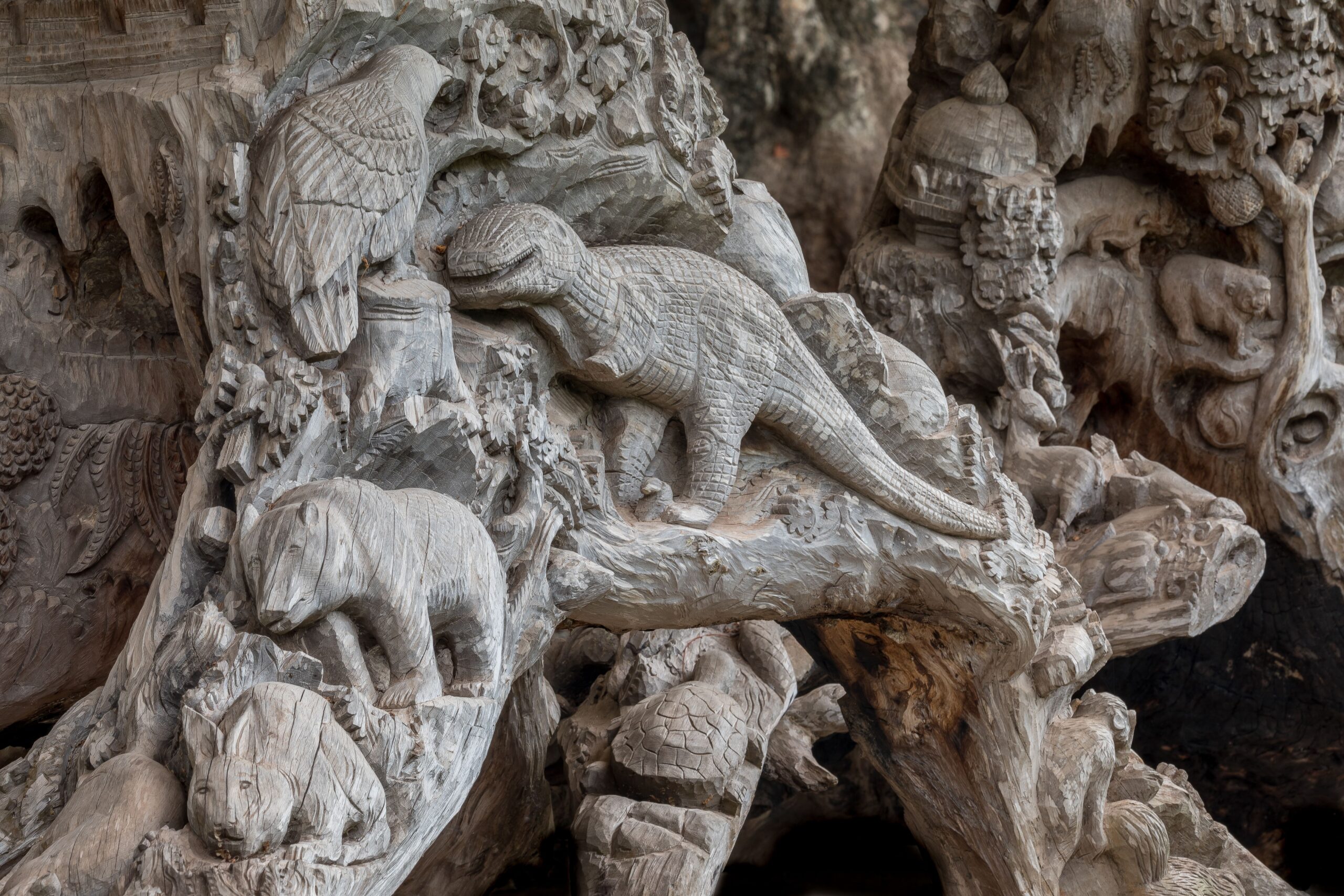
Climate played a crucial role in determining which types of giants could thrive in each period. The hot, arid conditions of the Triassic favored smaller, more energy-efficient dinosaurs that could survive on limited resources. As the climate became warmer and more humid during the Jurassic, conditions became ideal for supporting massive herbivores.
The Cretaceous experienced significant climate fluctuations, including periods of extreme warmth followed by cooling trends. These changes drove evolutionary innovation as dinosaurs adapted to new environmental challenges. The rise of flowering plants during this period created new ecological opportunities, supporting greater diversity in both herbivore and carnivore communities.
Atmospheric composition also influenced dinosaur gigantism. Higher oxygen levels during certain periods may have supported more efficient respiratory systems, while elevated carbon dioxide promoted plant growth. These atmospheric changes created feedback loops that encouraged the evolution of larger body sizes in both predators and prey.
The Sauropod Solution: Engineering Marvels of the Jurassic
Sauropods represent one of evolution’s most successful experiments in gigantism. These creatures solved the engineering challenges of extreme size through a combination of anatomical innovations that seem almost engineered for efficiency. Their success story offers insights into how life adapts to push the boundaries of what’s physically possible.
The sauropod body plan was remarkably consistent across different species and time periods. Long necks for reaching high vegetation, massive bodies for housing extensive digestive systems, and powerful tails for defense created a template that worked across diverse environments. Their feet were equipped with shock-absorbing pads that distributed their enormous weight across soft ground.
Recent discoveries have revealed that many sauropods were highly social animals, traveling in herds and caring for their young. Trackway fossils show groups of different-sized individuals moving together, suggesting complex social structures. This behavior would have provided protection for vulnerable juveniles and allowed for efficient exploitation of food resources across large territories.
Armored Titans: The Heavily Defended Giants of the Cretaceous
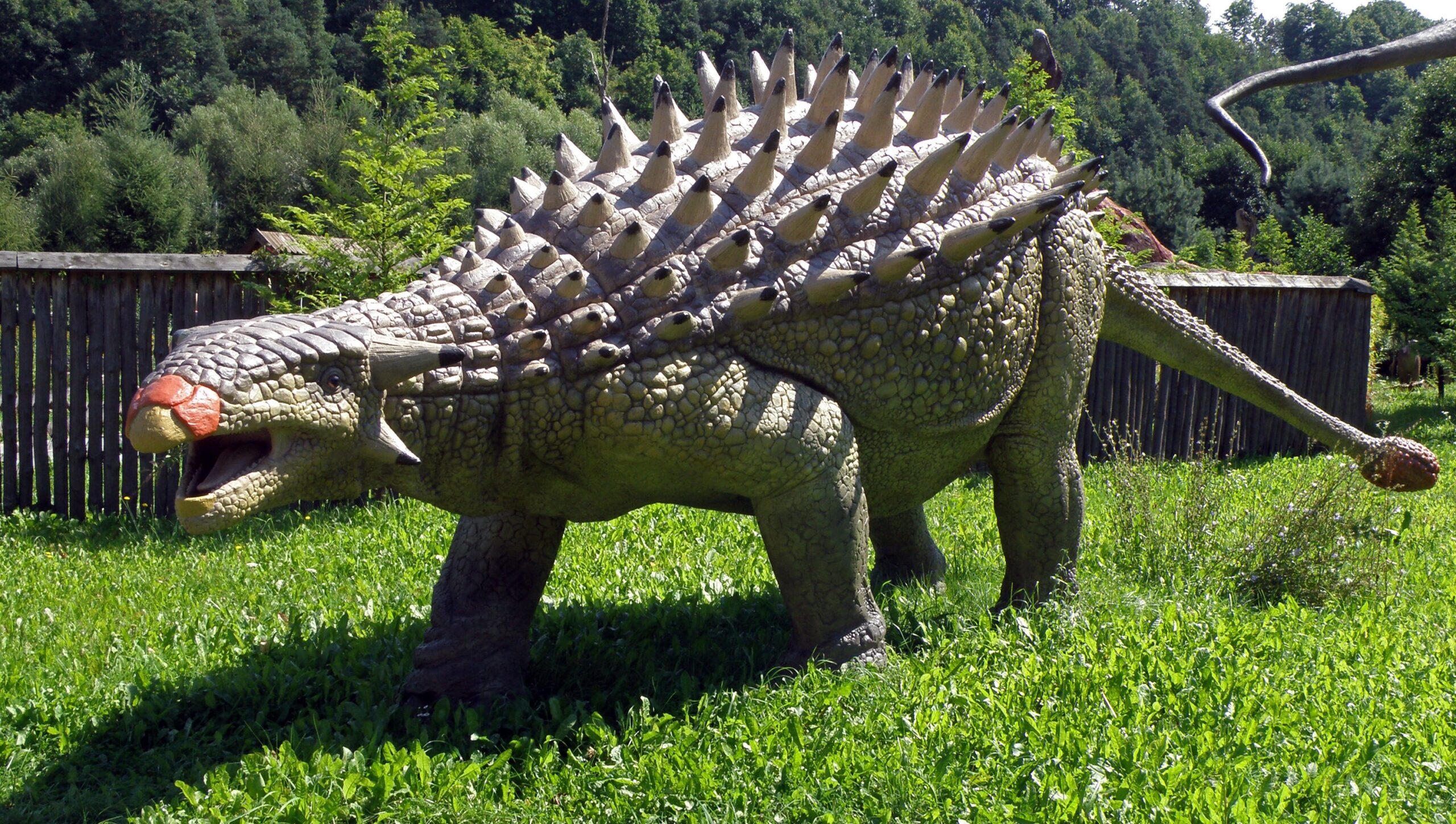
The Cretaceous period produced some of the most heavily armored animals ever to walk the Earth. Ankylosaurs and nodosaurs developed extensive body armor that transformed them into living tanks, capable of withstanding attacks from even the largest predators. These creatures represent a different approach to survival than the speed or size strategies employed by other dinosaurs.
Ankylosaurus, one of the largest armored dinosaurs, measured up to 35 feet long and weighed as much as four tons. Its back was covered in thick, bony plates called osteoderms, while its tail ended in a massive club that could deliver bone-crushing blows. The animal’s skull was so heavily armored that even its eyelids were protected by bone.
The success of armored dinosaurs demonstrates that there were multiple viable strategies for surviving in a world dominated by giant predators. While some herbivores relied on size or speed, these creatures chose defense, creating an evolutionary arms race that pushed both predators and prey to new extremes.
Horned Behemoths: The Ceratopsian Dynasty

Ceratopsians, the horned dinosaurs of the Cretaceous, represent one of the most diverse and successful groups of large herbivores. From the massive Triceratops to the bizarre Styracosaurus, these creatures developed an incredible variety of horn and frill arrangements that served both defensive and display purposes. Their evolution showcases how similar body plans can be modified for different ecological roles.
The largest ceratopsians could exceed 30 feet in length and weigh over 10 tons. Their massive skulls, some measuring over 10 feet long, supported elaborate displays of horns and frills that were likely used for species recognition and dominance displays. The famous three-horned Triceratops skull alone could account for one-third of the animal’s total body length.
Recent research suggests that ceratopsians were highly social animals that lived in large herds. Bonebeds containing hundreds of individuals have been discovered, indicating that these giants migrated seasonally and may have engaged in complex social behaviors. Their diverse horn arrangements probably helped individuals recognize members of their own species in mixed herds.
Cretaceous Apex Predators: Multiple Strategies for Hunting Giants
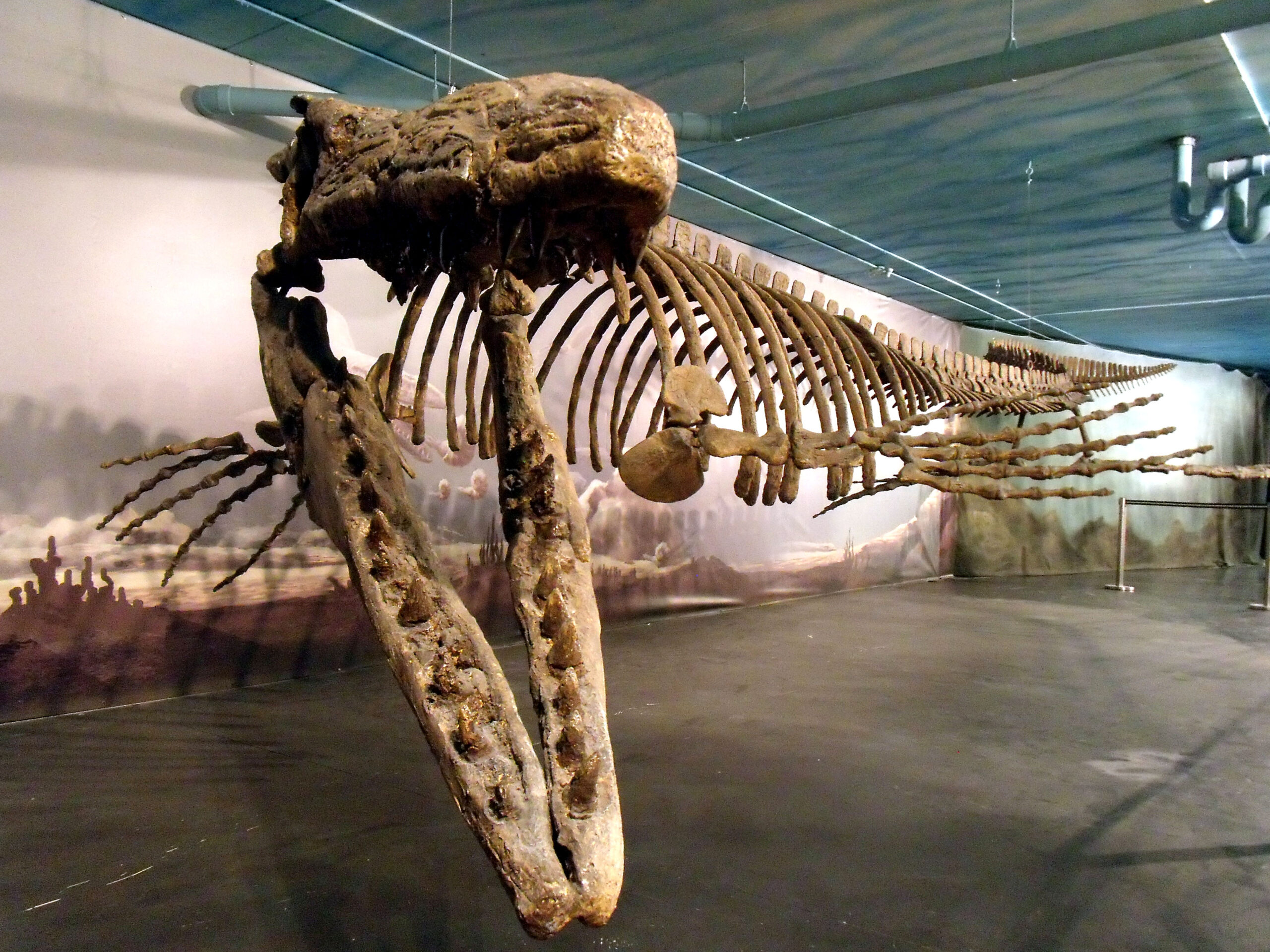
The Cretaceous period supported a remarkable diversity of large predators, each adapted to different hunting strategies and prey types. This diversity reflects the incredible richness of Late Cretaceous ecosystems, where multiple giant predators could coexist without directly competing for the same resources.
Carcharodontosaurus, discovered in North Africa, represented a different approach to large-scale predation than the famous T. rex. These sharks-toothed hunters were built for slicing rather than crushing, with blade-like teeth perfect for cutting through the flesh of giant sauropods. Their longer, more flexible skulls allowed them to deliver devastating slashing attacks.
Meanwhile, Giganotosaurus from South America may have been the largest terrestrial predator of all time, potentially exceeding T. rex in both length and weight. These regional differences in predator evolution show how isolated landmasses produced unique solutions to the challenge of hunting giants, creating a global diversity of apex predators.
The Size Wars: Evolutionary Arms Race Between Predators and Prey
The relationship between predators and prey drove much of the gigantism seen throughout dinosaur history. As herbivores grew larger to escape predation, carnivores evolved greater size and more powerful weapons to overcome these defenses. This evolutionary arms race pushed both groups to extremes that seem almost impossible by modern standards.
The co-evolution of Tyrannosaurus rex and Triceratops provides a perfect example of this dynamic. As Triceratops developed larger horns and thicker frills, T. rex evolved more powerful jaws and teeth capable of crushing bone. Neither animal could afford to fall behind in this escalating competition, driving both species to unprecedented sizes.
This arms race wasn’t limited to direct predator-prey relationships. The presence of large carnivores influenced the evolution of all herbivores in an ecosystem, favoring traits like herd behavior, defensive armor, or increased size. The result was entire communities of giants, each species pushed to extremes by the selective pressure of survival.
Extinction’s End: The Fall of the Final Dynasty
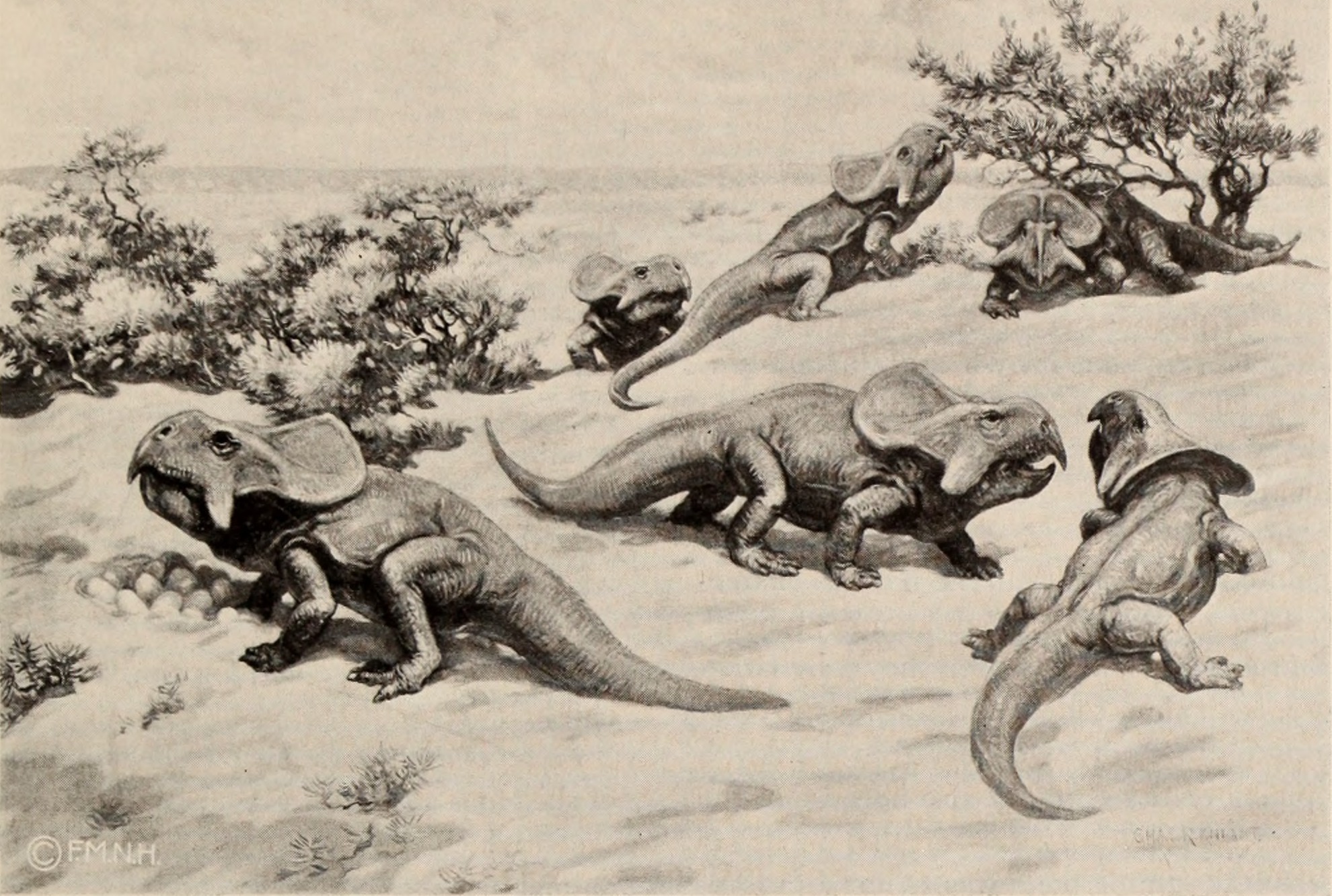
The end-Cretaceous mass extinction event 66 million years ago brought the age of dinosaur giants to a dramatic close. The asteroid impact that triggered this catastrophe created conditions that were particularly harsh for large animals, marking the end of the most successful dynasty in Earth’s history. Understanding this extinction helps us appreciate both the fragility and resilience of life on our planet.
The impact winter that followed the asteroid strike eliminated the primary producers that supported giant herbivores. Without vegetation, the massive plant-eaters that had dominated terrestrial ecosystems for millions of years simply couldn’t survive. Their extinction quickly cascaded through the food web, dooming the giant predators that depended on them.
Only the smallest dinosaurs survived this catastrophe, giving rise to the birds that carry the dinosaur legacy into the modern world. The extinction of the giants opened new ecological niches for mammals, setting the stage for the age of mammalian megafauna that would follow. This transition reminds us that even the most successful dynasties must eventually give way to new forms of life.
Legacy of the Giants: What Dinosaur Dynasties Teach Us Today
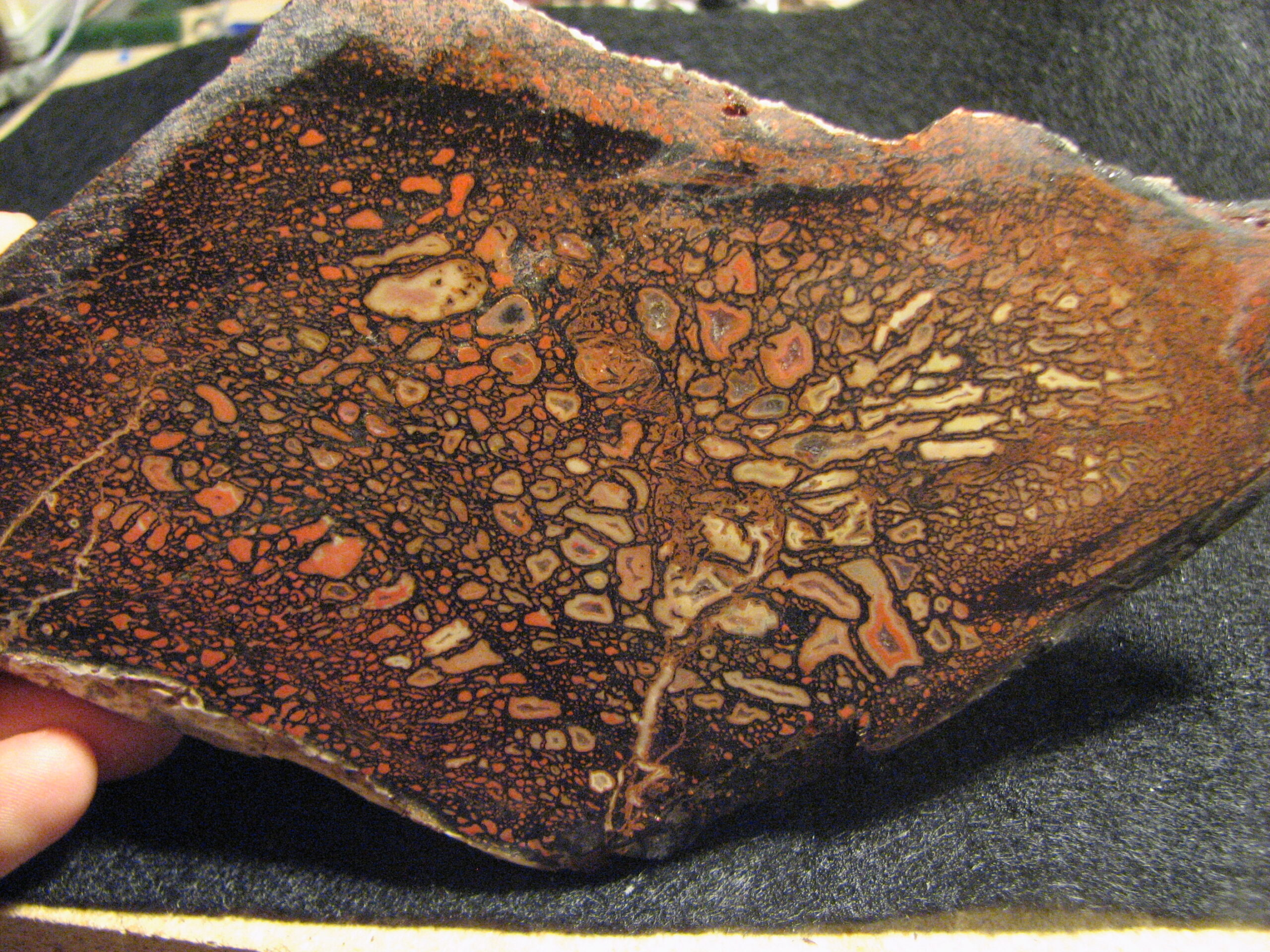
The story of dinosaur dynasties offers profound insights into evolution, extinction, and the future of life on Earth. These creatures dominated our planet for longer than any other group of large animals, demonstrating the incredible adaptability of life in the face of changing conditions. Their success and eventual failure provide valuable lessons about survival in an ever-changing world.
Modern conservation efforts can learn from the dinosaur experience, particularly regarding the vulnerability of large species to environmental change. The giants of the Mesozoic thrived when conditions were favorable but proved unable to adapt quickly enough when catastrophic change occurred. This pattern offers sobering parallels to current biodiversity loss and climate change.
The dinosaur dynasties also demonstrate the importance of evolutionary innovation and adaptation. Each period brought new challenges and opportunities, leading to remarkable innovations in body plan, behavior, and ecological strategy. Their story reminds us that life’s greatest achievements often come from responding creatively to environmental pressures.
The three great dinosaur dynasties—Triassic pioneers, Jurassic titans, and Cretaceous specialists—each left their mark on Earth’s history through unique approaches to survival and success. From the modest beginnings of early dinosaurs to the incredible diversity of the final period, these creatures pushed the boundaries of what was possible for terrestrial life. Their legacy lives on not just in museums and popular culture, but in the birds that surround us today, carrying forward the genetic heritage of the greatest giants our planet has ever known. What other secrets might these ancient dynasties still hold, waiting to be discovered in the rocks beneath our feet?


